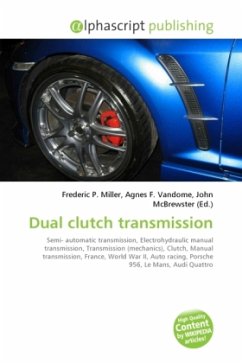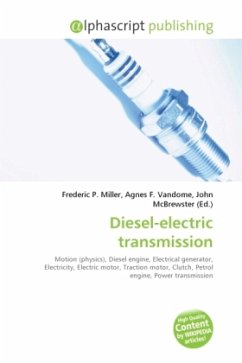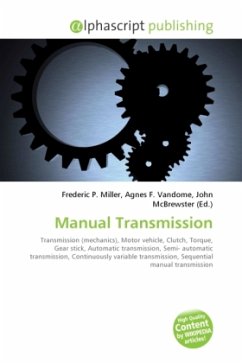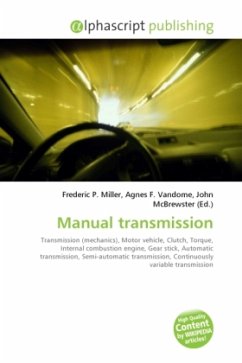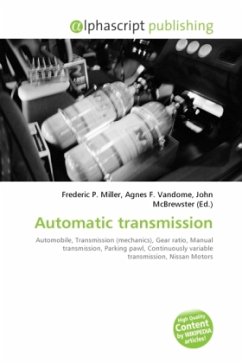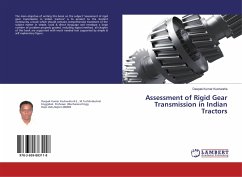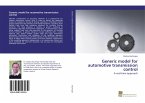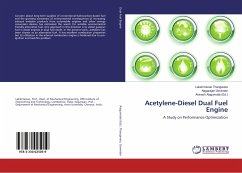A dual clutch transmission, commonly abbreviated to DCT (sometimes informally referred to as a twin-clutch gearbox, double clutch transmission, or similar variations thereof), is a differing type of semi-automatic or automated manual automotive transmission. It utilises two separate clutches for odd and even gear sets. It can fundamentally be described as two separate manual transmissions (with their respective clutches) contained within one housing, and working as one unit. They are usually operated in a fully automatic mode, and many also have the abilty to allow the driver to manually shift gear ratios. This type of transmission was invented by Frenchman Adolphe Kégresse just before the outbreak of World War II, but he never developed a working model. The first actual DCTs arrived in racing cars in the 1980s, when computers to control the transmission became compact enough: the Porsche Doppelkupplungsgetriebe (PDK) used in the Porsche 956 and 962 Le Mans race cars from 1983, and the Audi Sport Quattro S1 rally car. A dual clutch transmission eliminates the torque converter as used in conventional epicyclic-geared automatic transmissions.
Bitte wählen Sie Ihr Anliegen aus.
Rechnungen
Retourenschein anfordern
Bestellstatus
Storno

